Empowering coworkers with self service tool sets
As Quil reaches its second anniversary, we desperately need to improve our internal tooling and processing as we scale up to support our growing roster of clients and growing library of Journeys. We were running into some serious growing pains.
Finding the right opportunities
Through several stakeholder interviews and analyzing some of our data from Jira and past retrospectives. I conducted a series of working sessions where we worked through several of our most frequent and costly pain points and collaborated on finding possible solutions with immediate impact. Each squad was then enabled to prioritize that work this quarter.
Our goal was to see how much we could reduce work friction within the first three months through three key areas.
1. Empowering engineers to make more informed design decisions.
Our product has been taking a winding path for the past two years. What started as a simple native-only mobile experience quickly became a full suite of products based on react native hybrid and mobile responsive experiences. Developed separately across in-house teams, contractors & outside agencies. Things have grown out of hand with trying to move fast.
Partnering with engineering, we started with a full system-wide audit of our current state. Then with the two other product designers and engineers, we started to prioritize which pieces could be migrated into a shared tokens and component library.
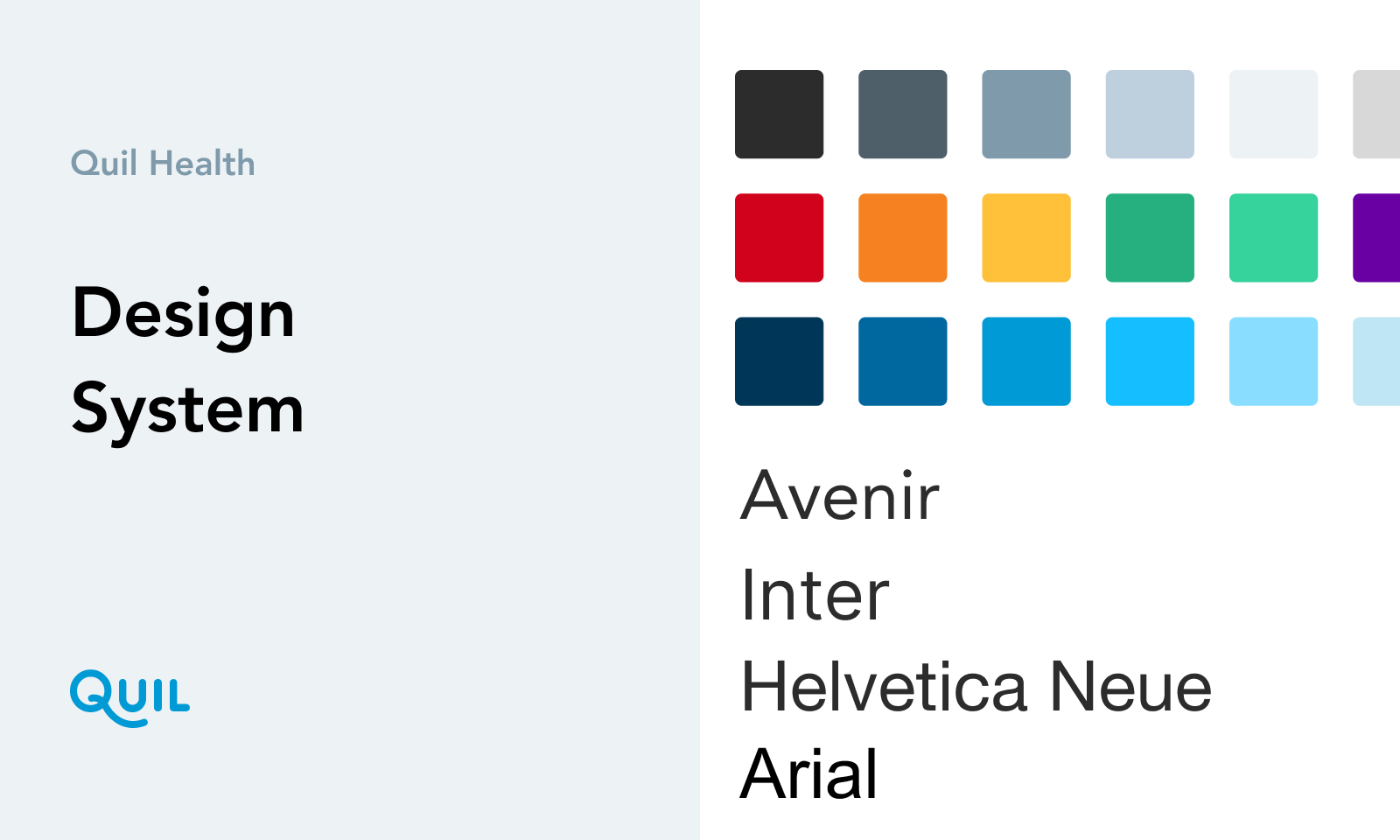
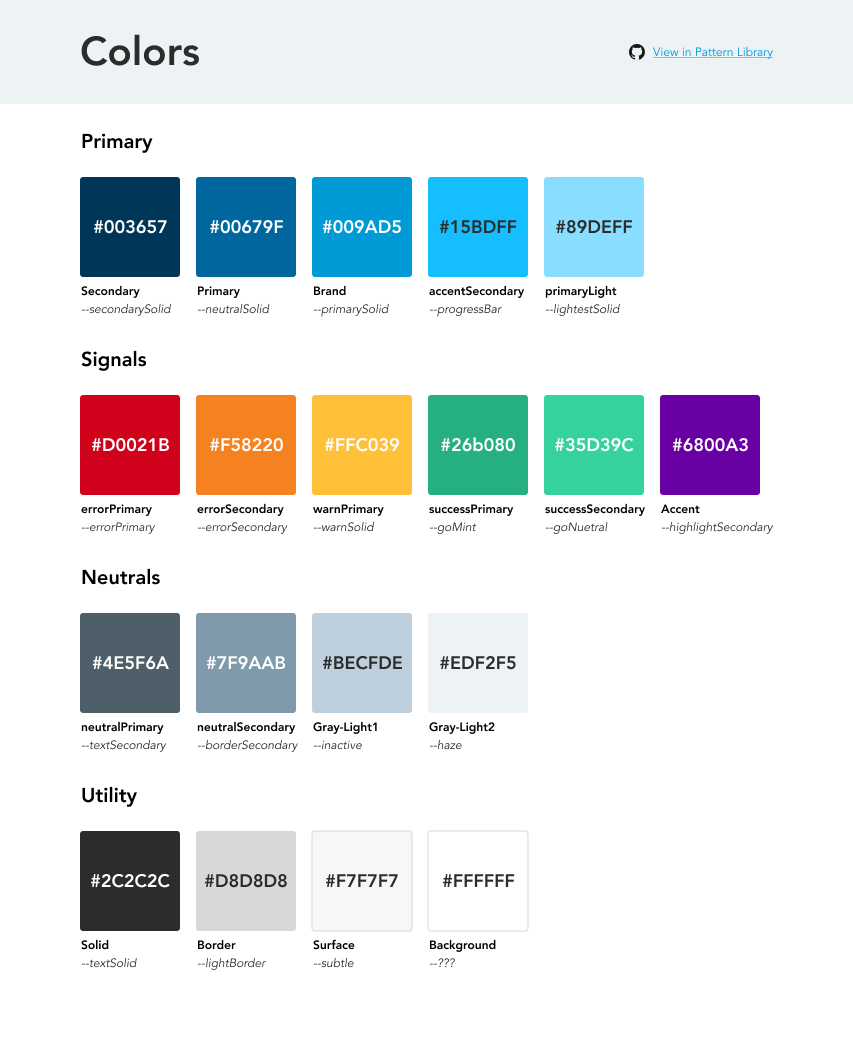
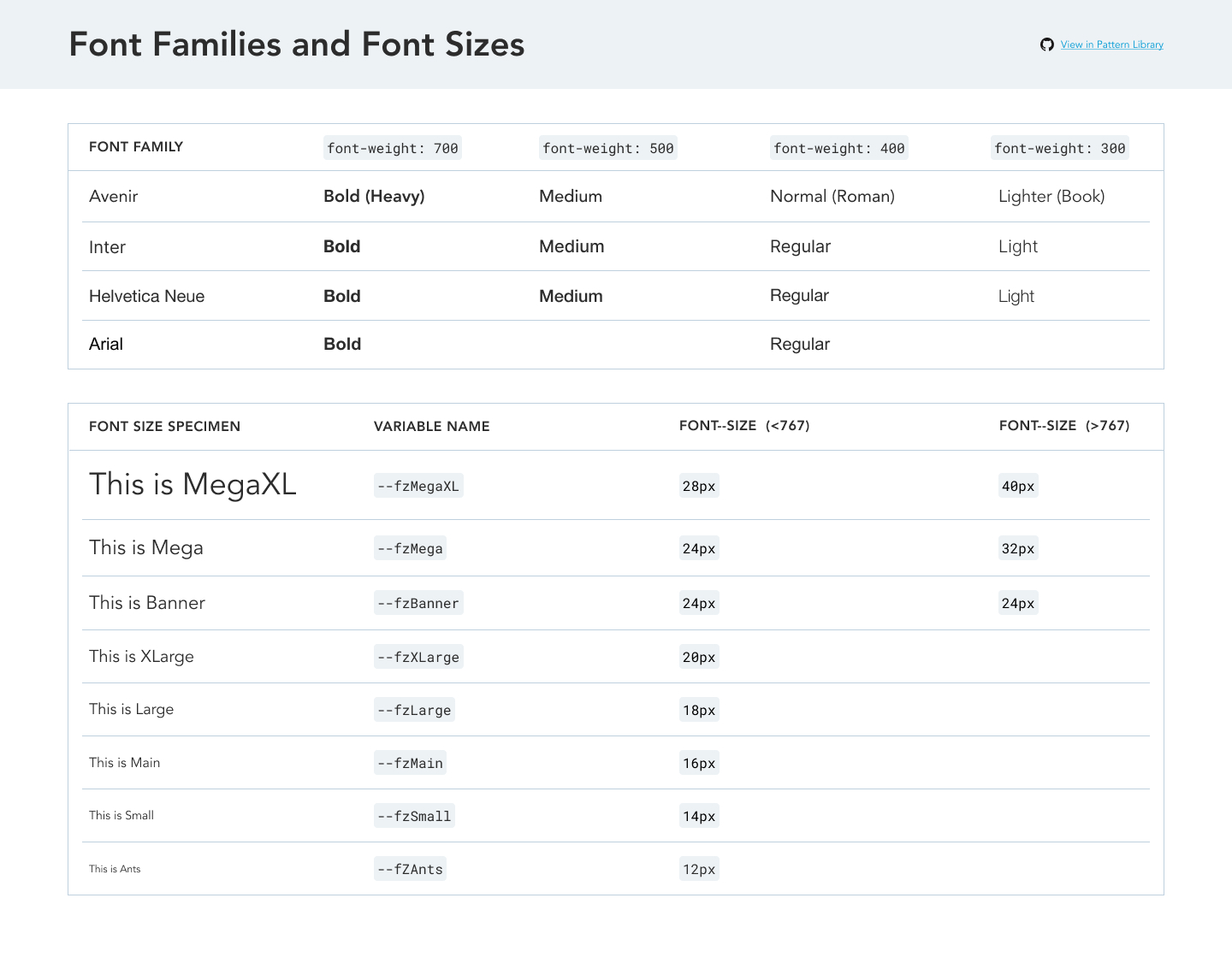
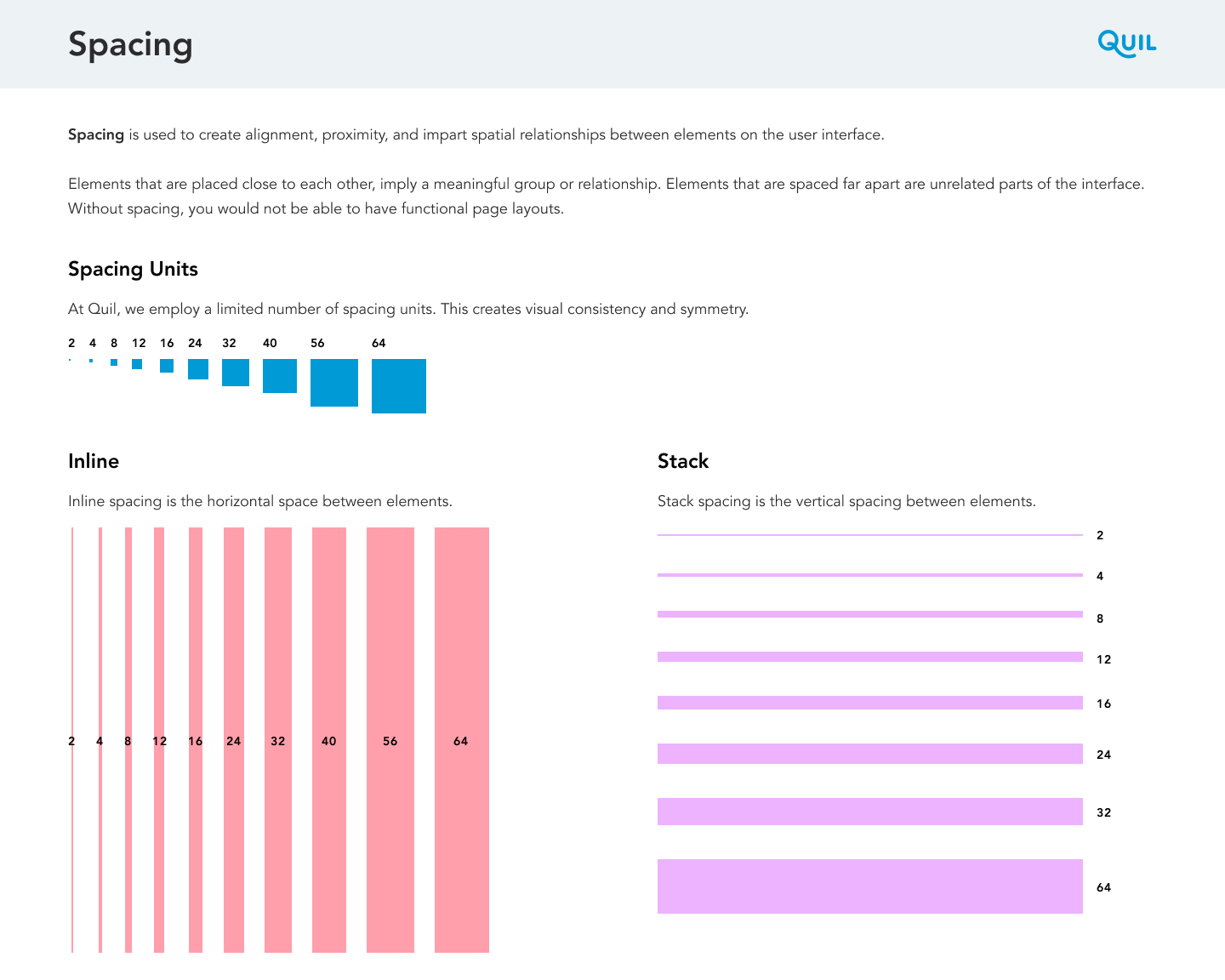
With Our next public offering coming Quil is going under a slight brand refresh and we are using this oppurtinity to add more depth and scale ability to our new design system with the the additon of Reference tokens and seperating editorial UI
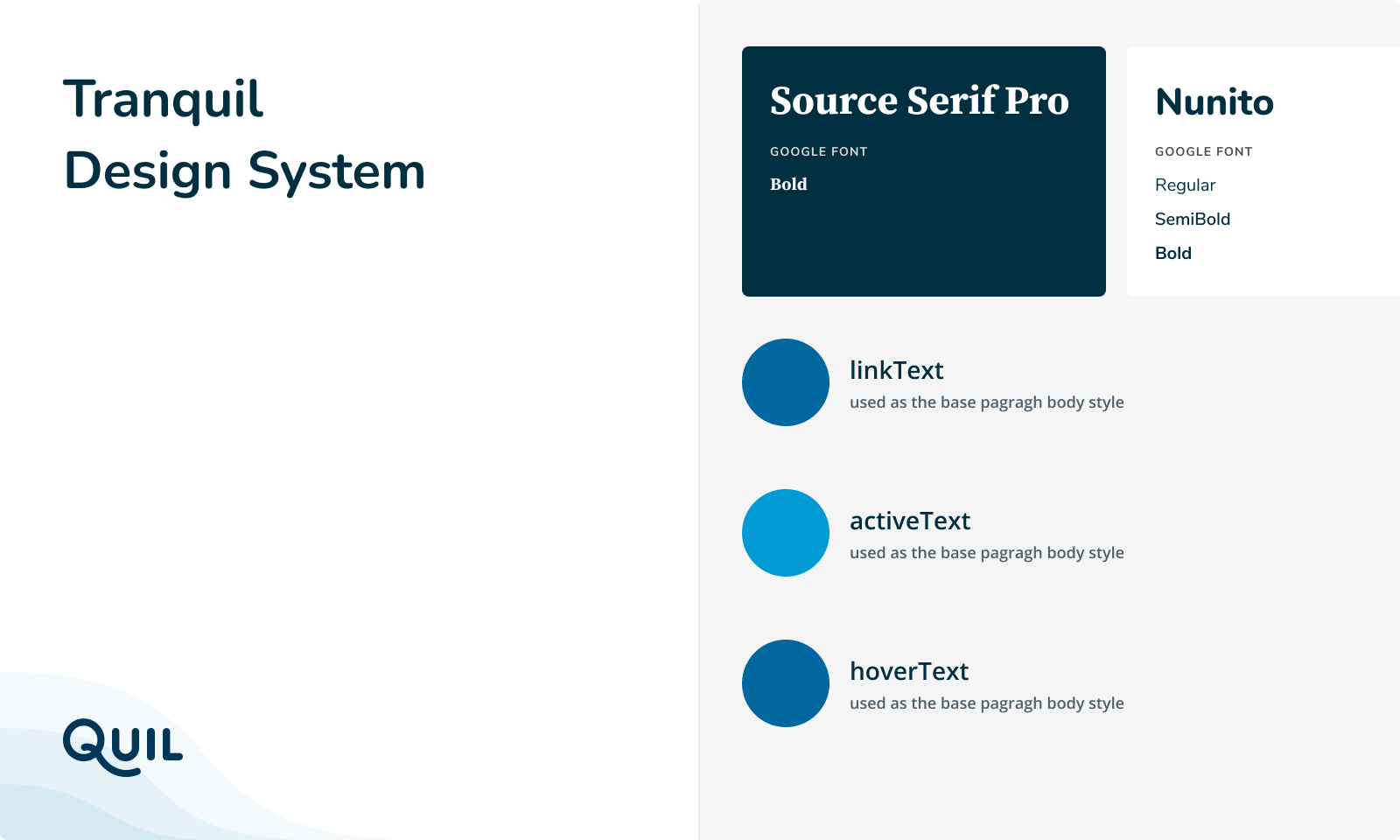
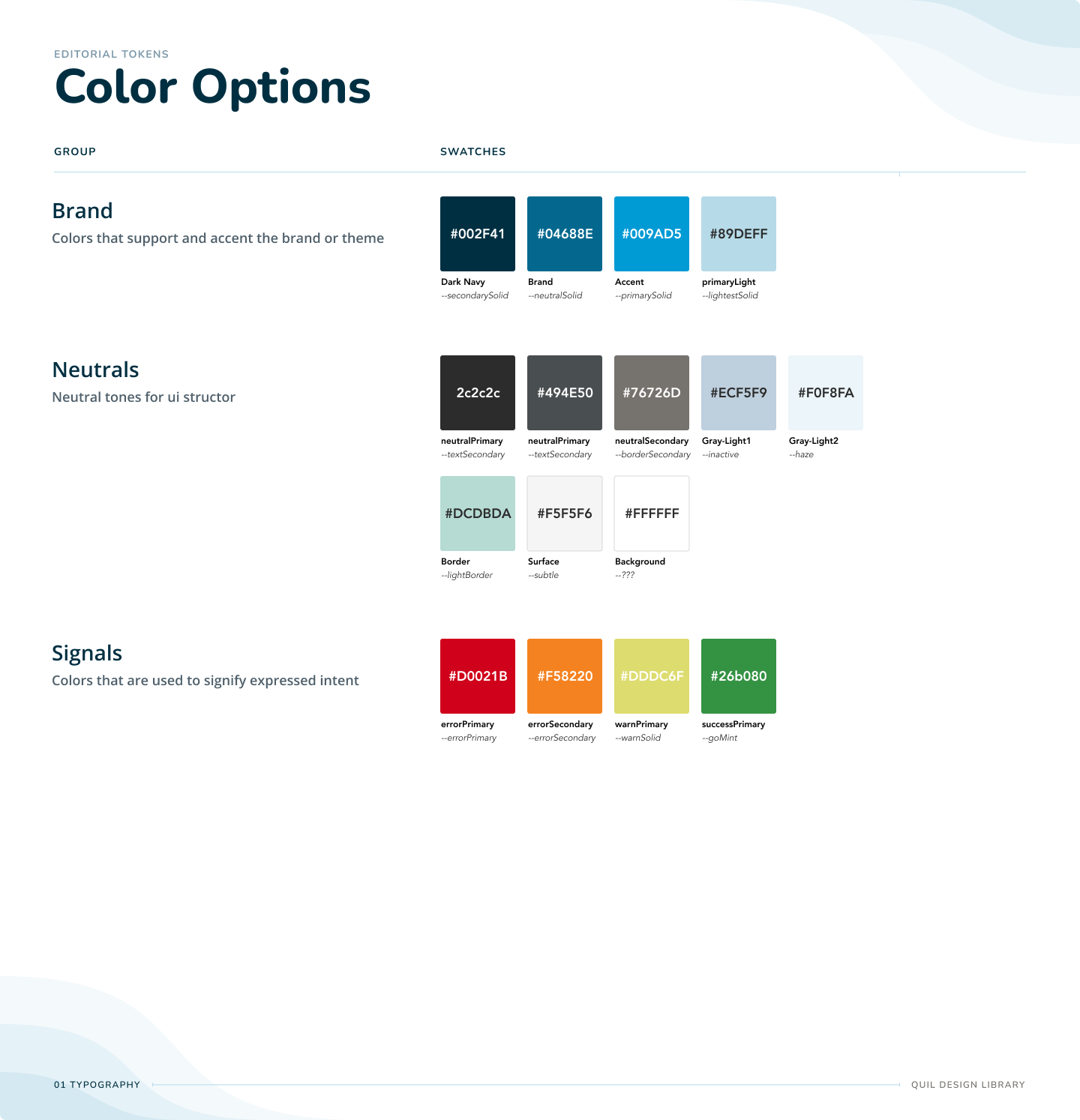
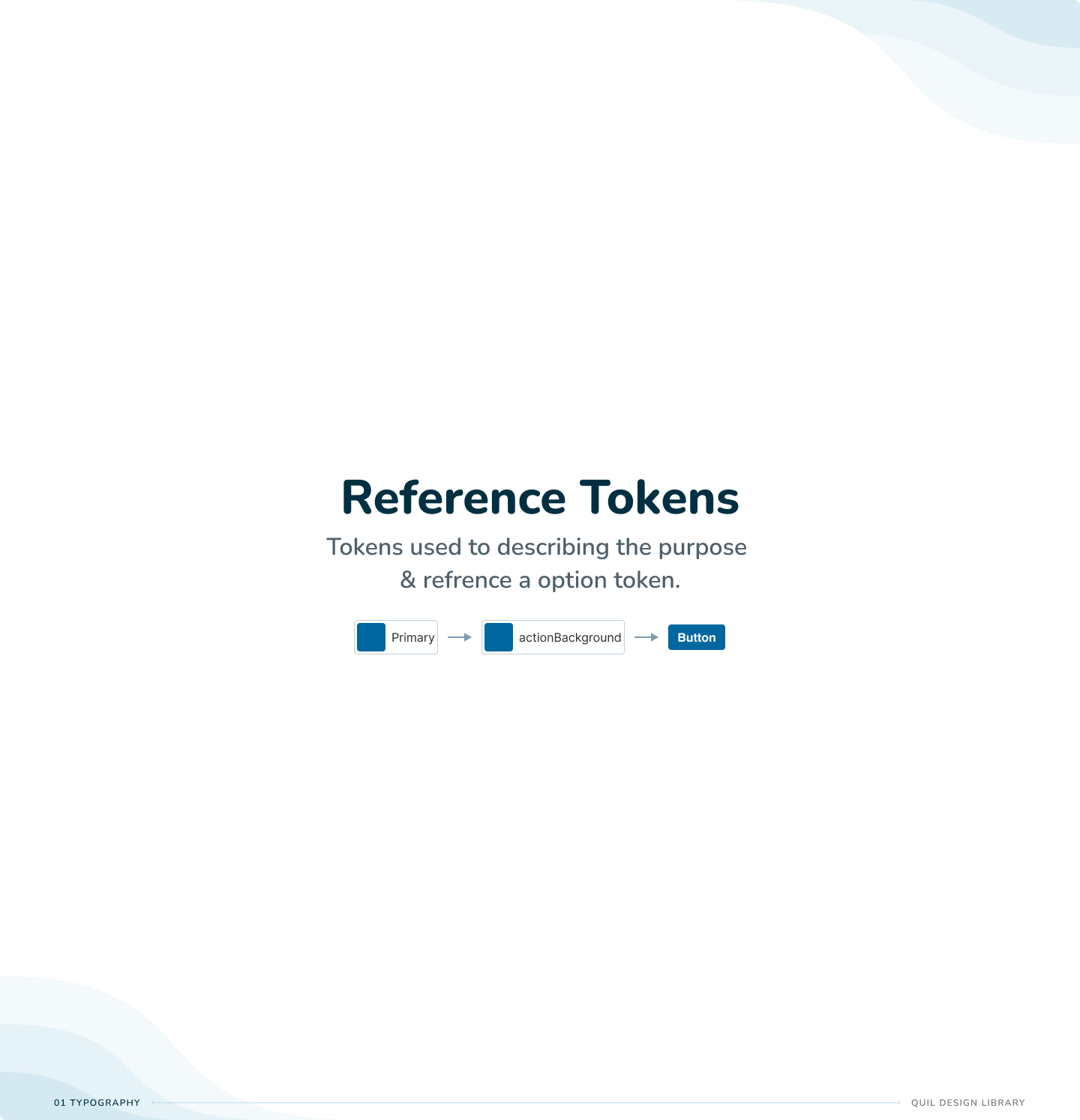

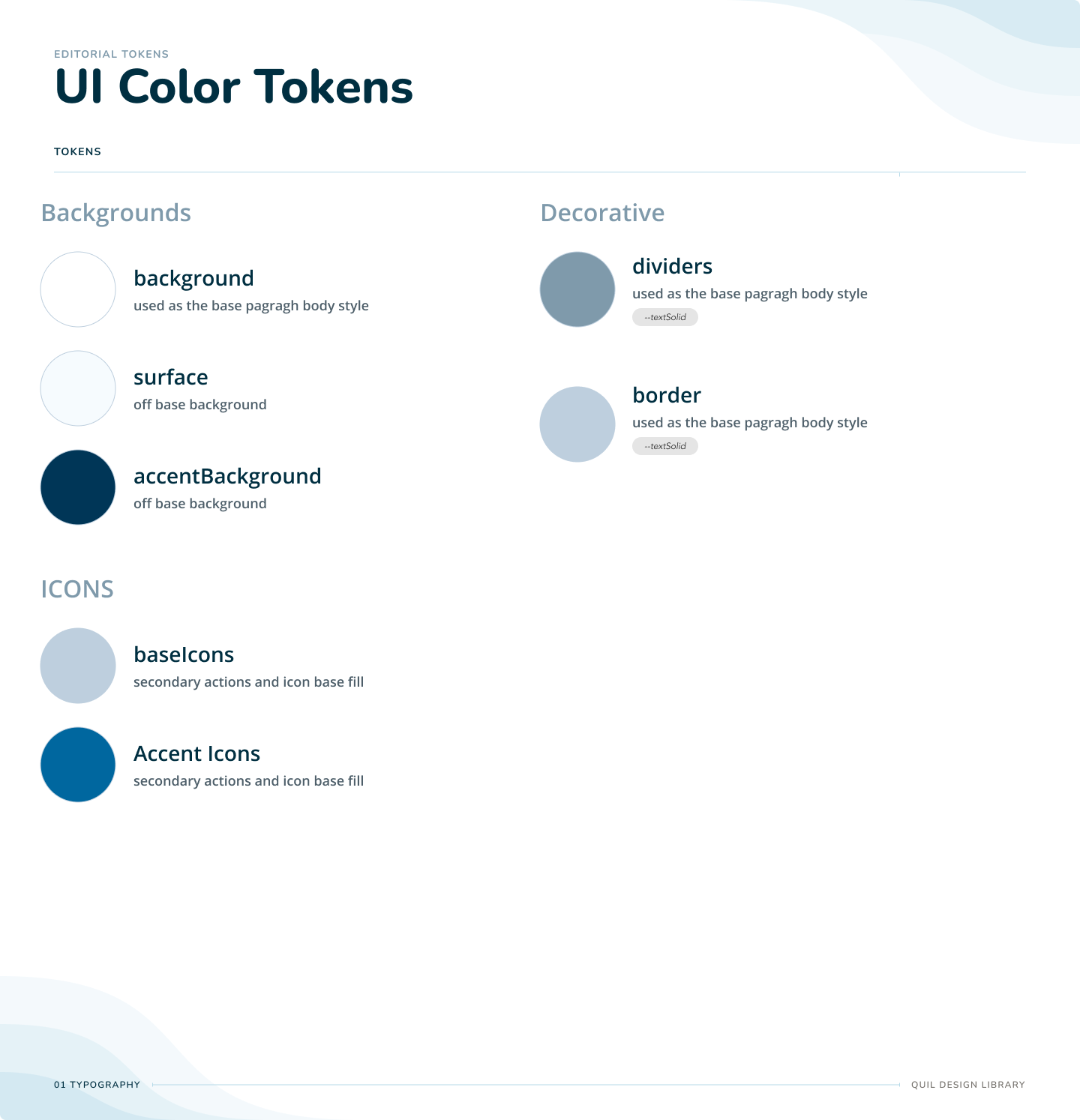
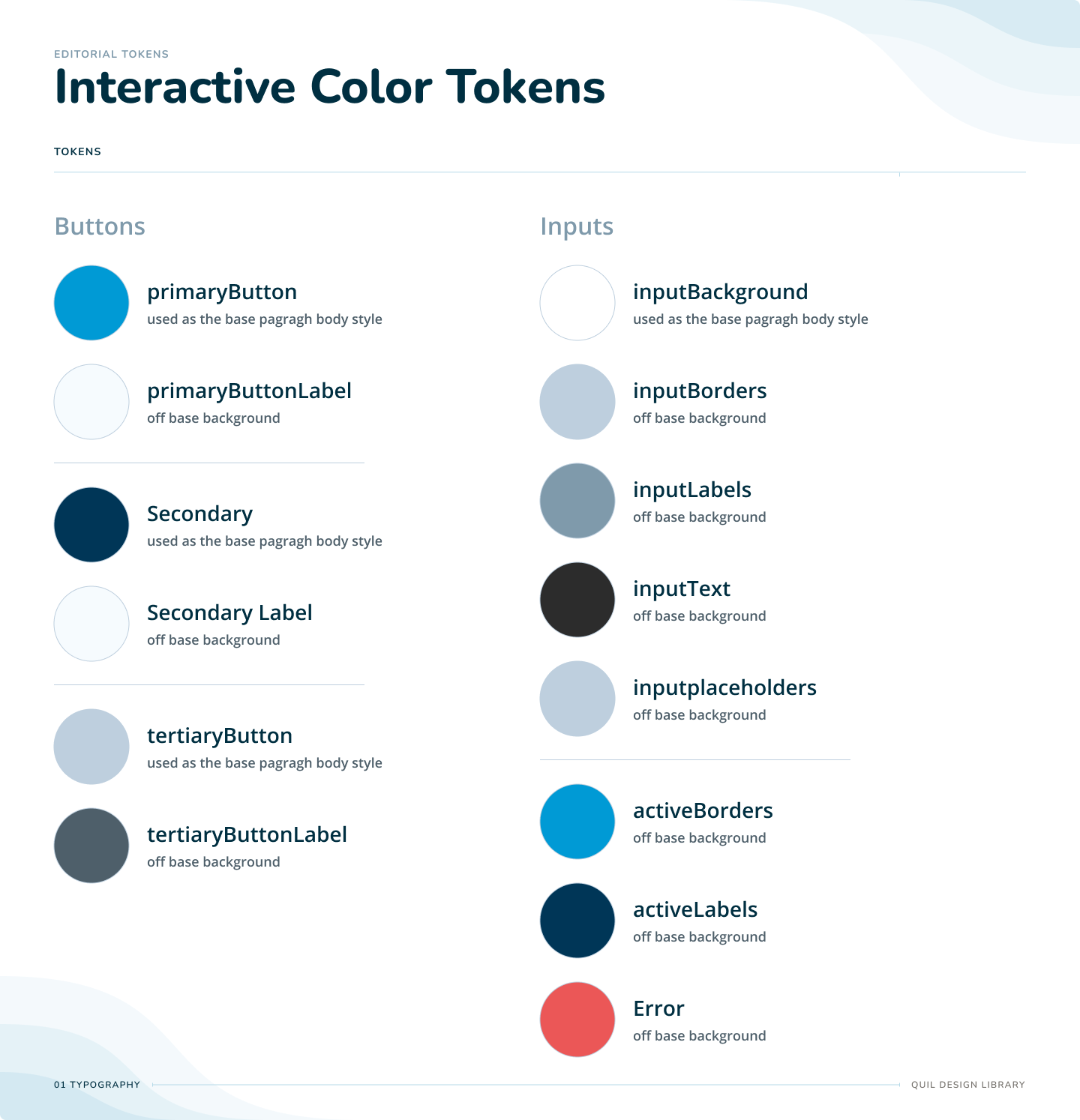
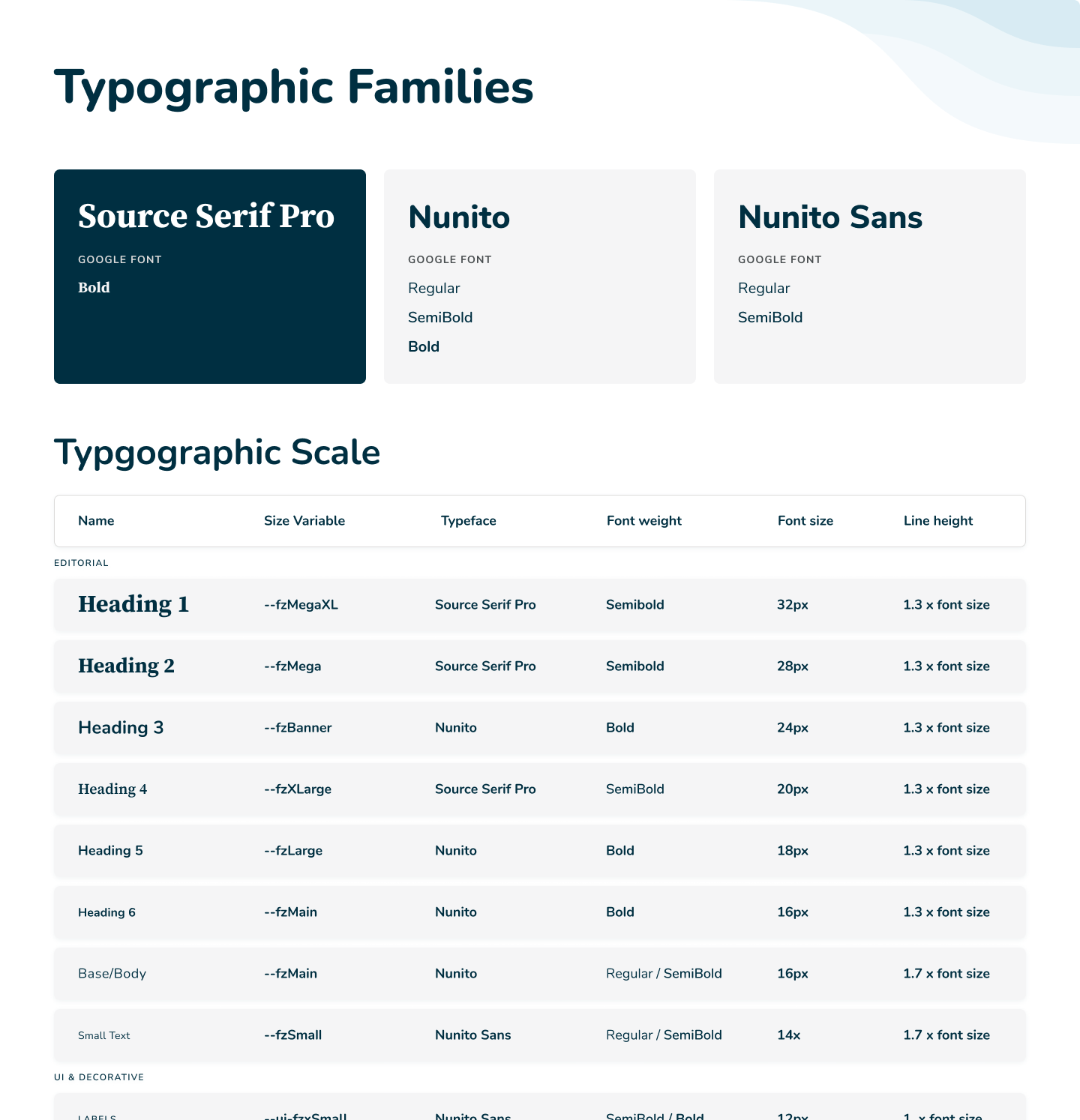
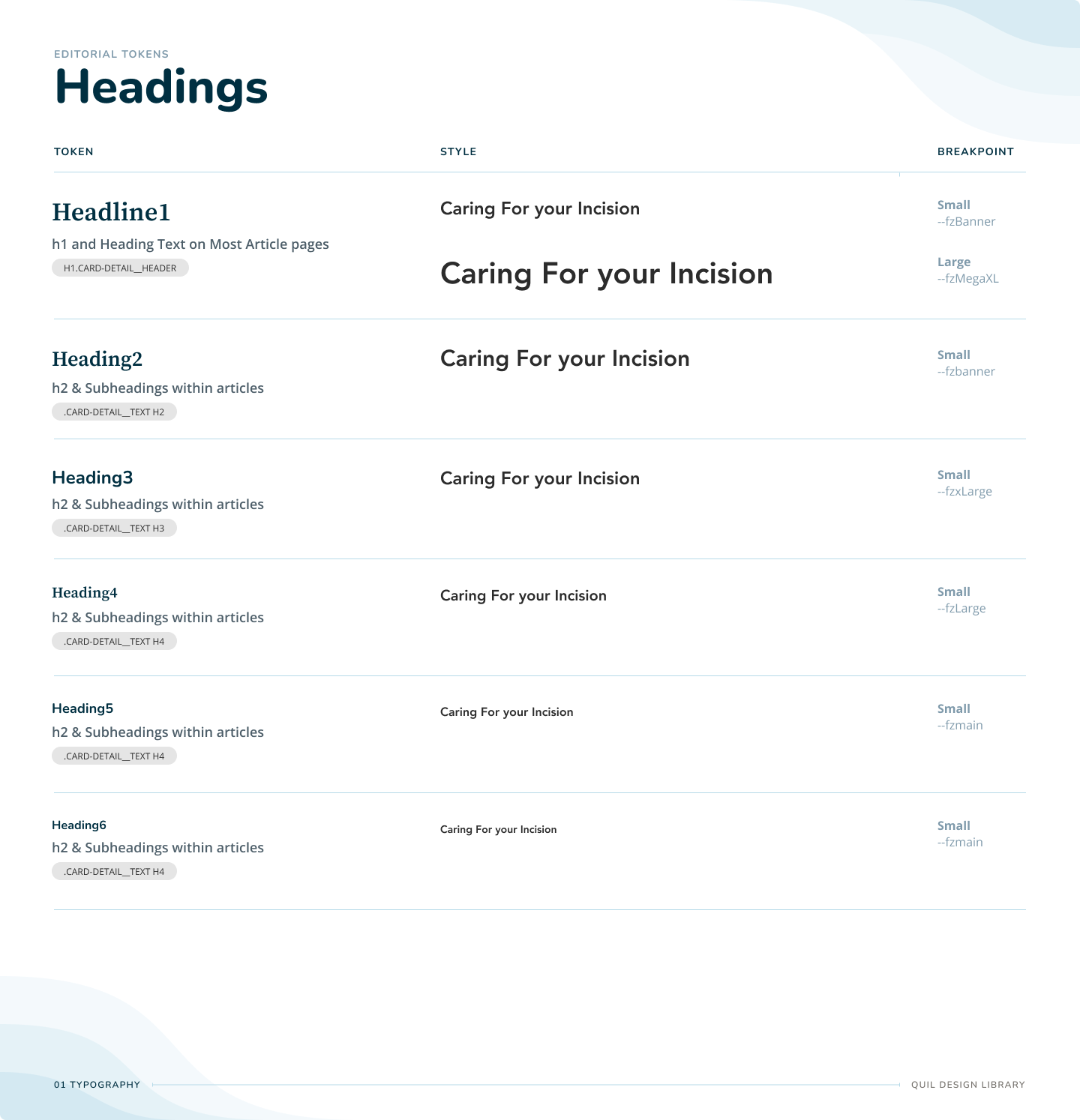
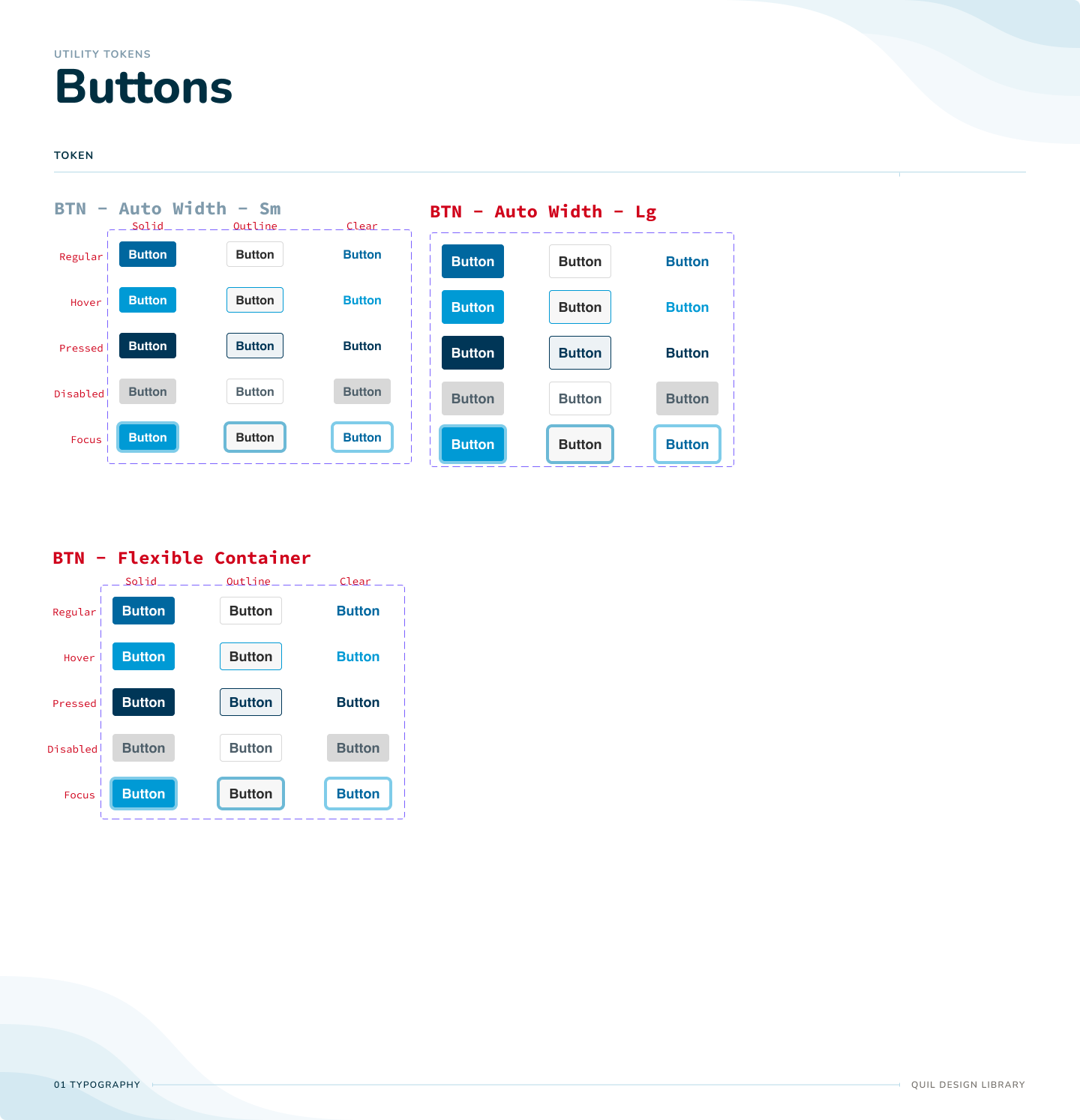
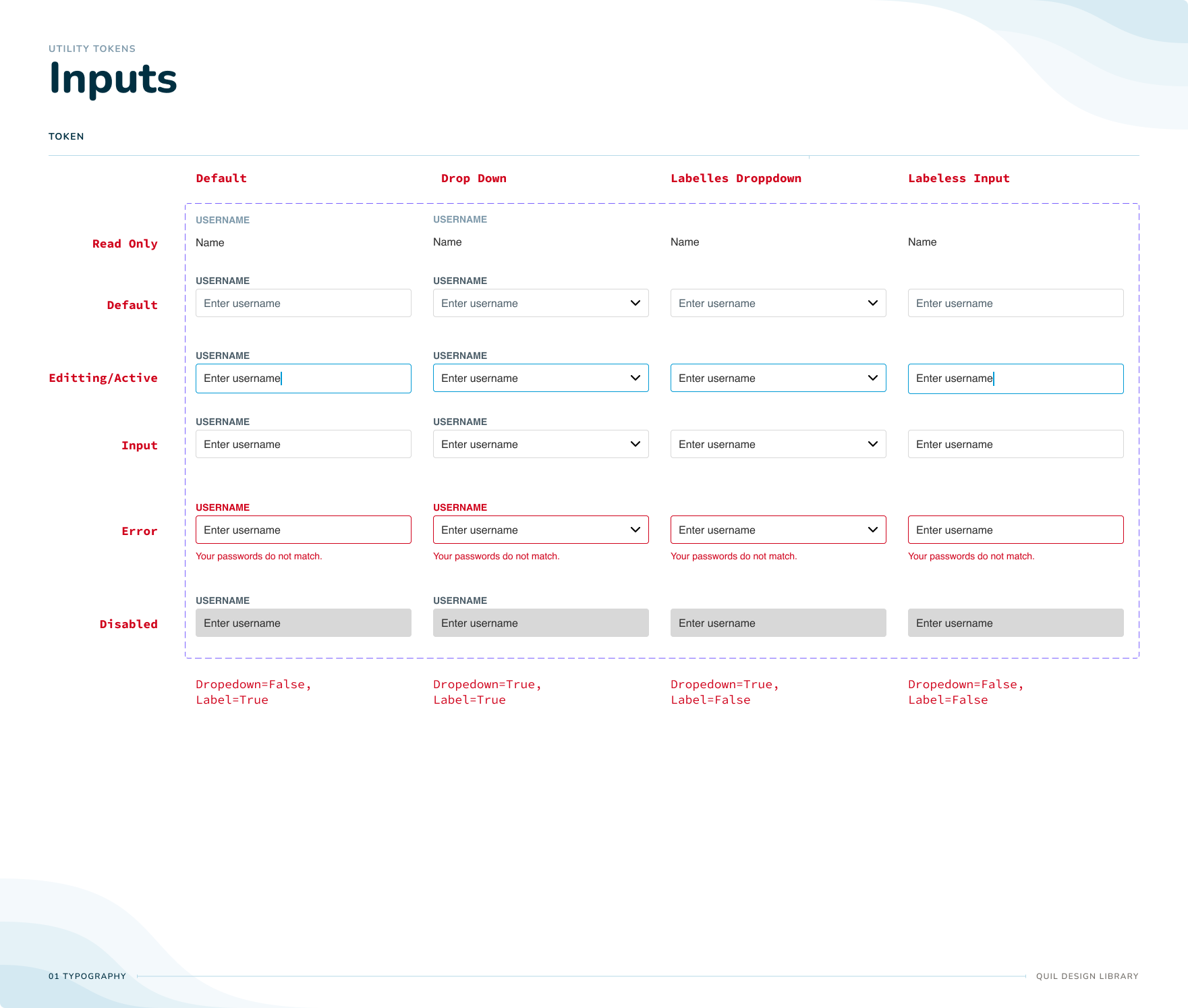
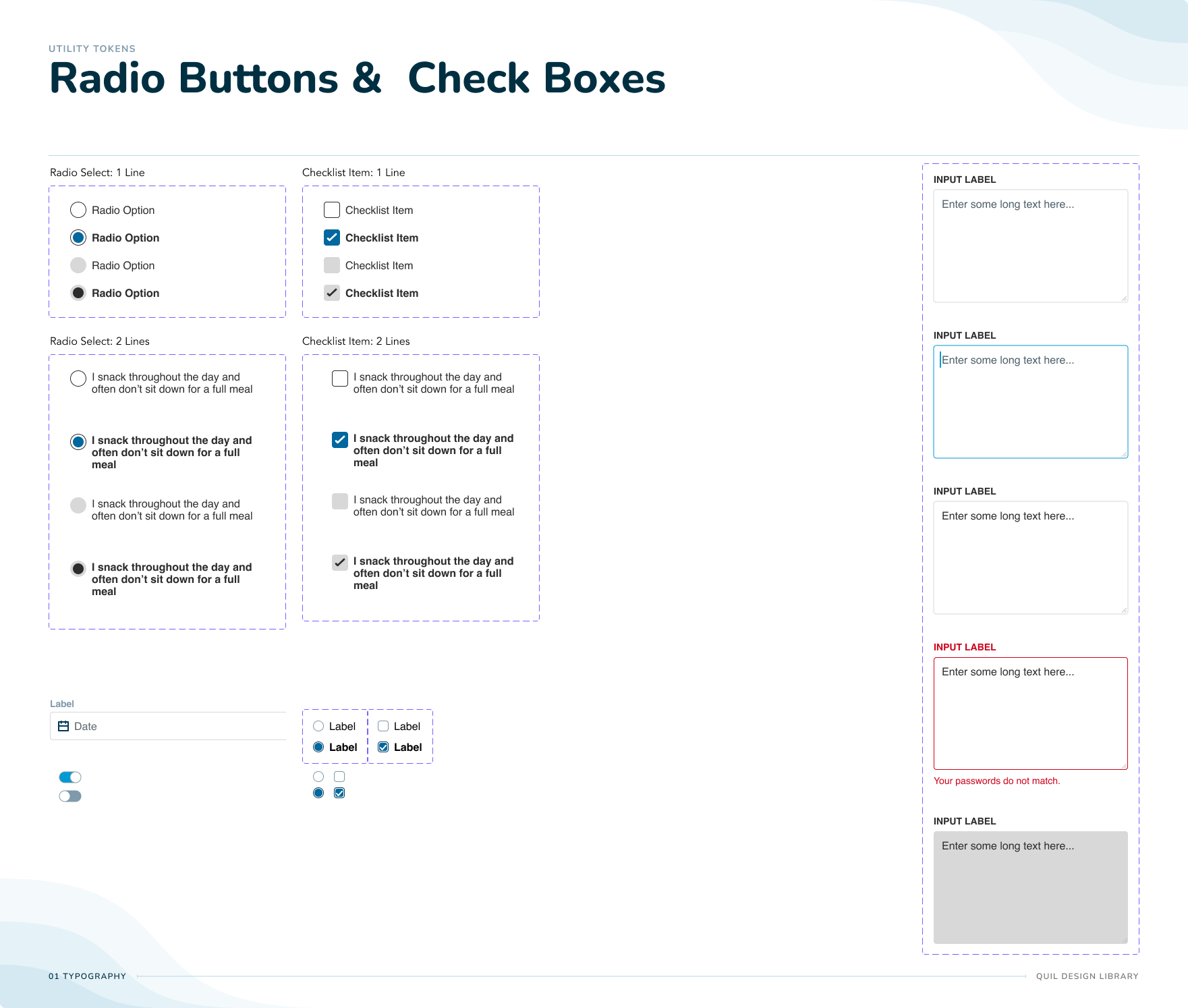
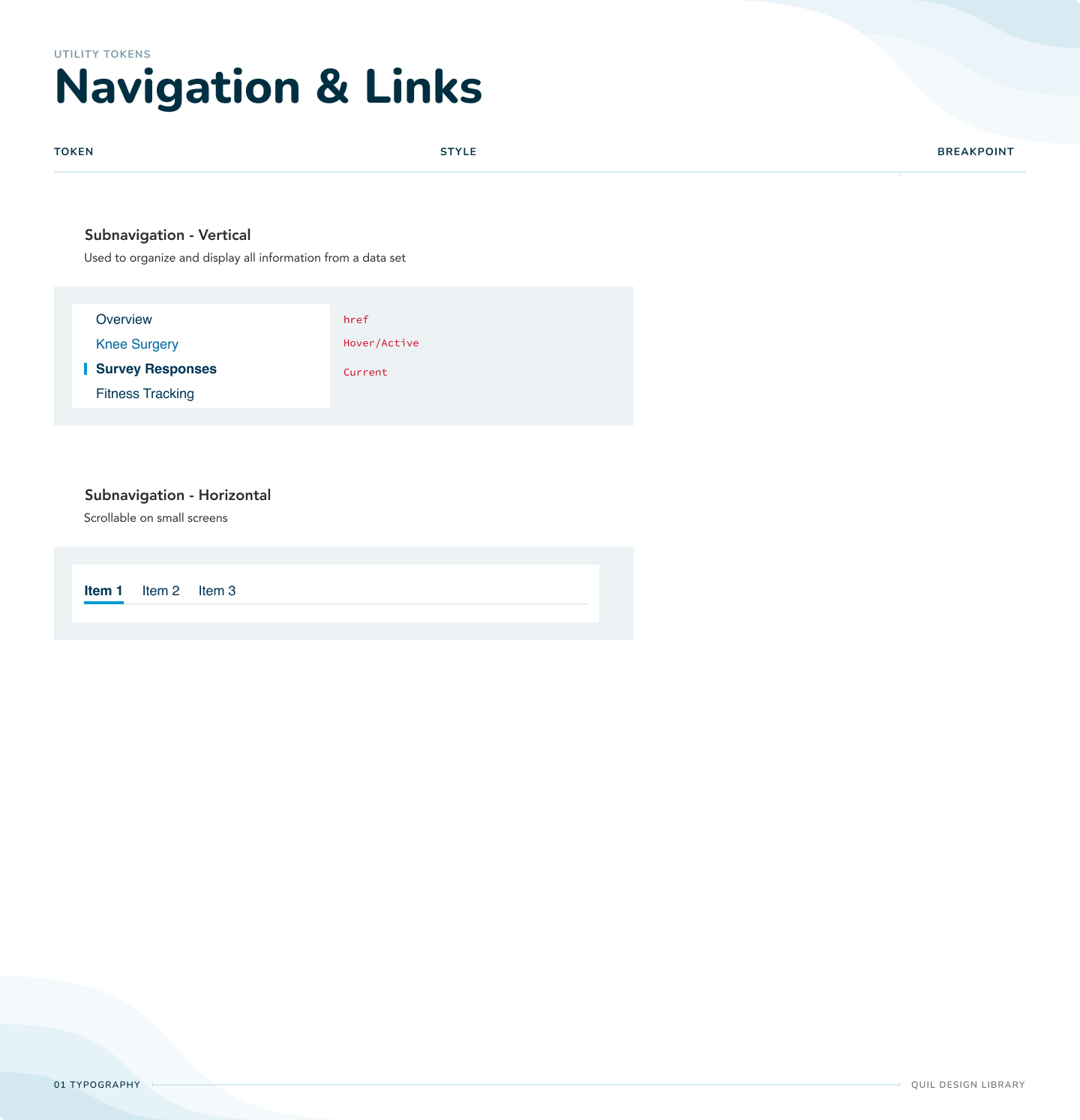
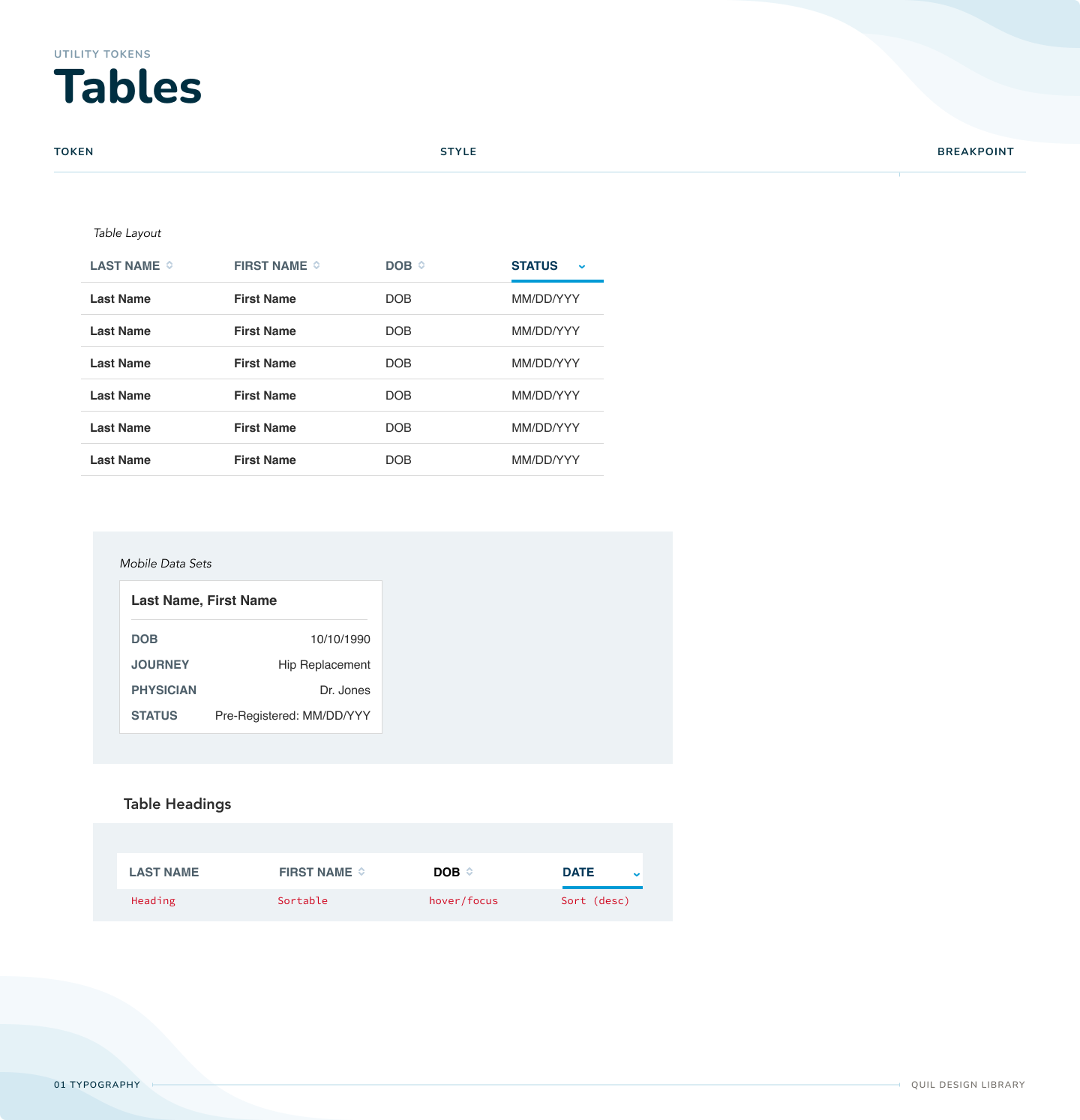
Embracing our strengths
Since we are still piloting many new prototypes / Proof of Concepts / Contractor work happening working product and Engineering decided to also categorize and define our work into three product life cycles. To ease everyone's nerves and allow for enough autonomy.
Proof of Concepts / Prototypes
Anything that's in early product validation. Be mindful of the design and our resources; things should feel familiar but free to experiment. Nothing at this stage is functionally integrated yet and is largely for internal uses only, so exploration is highly encouraged.
Pilots
We frequently introduced MVP features into our product to collect early feedback and sharpen the roadmap. Work at this phase should be doing its best to utilize our current design resources. Engineering will use any default componentry first. Any Design artifacts are treated as a reference but not the final word.
Design works closely with engineers and will reconcile any differences and draft proposals for component updates or additions before committing system-wide updates.
Production
Final component. Design and Engineering agree on the component getting added into the shared library with final agreement on any configurations and properties.
2. Improve Content Confidence & Publishing Workflows.
One of the benefits of having a design system is that we also switched to having a templating engine so that we could now let our CMS & content team preview the display of their work directly within the CMS. Additionally, our site reliability Team & CMS reworked our workflow so they could manage all content from a single source and deploy it to any of our environments.
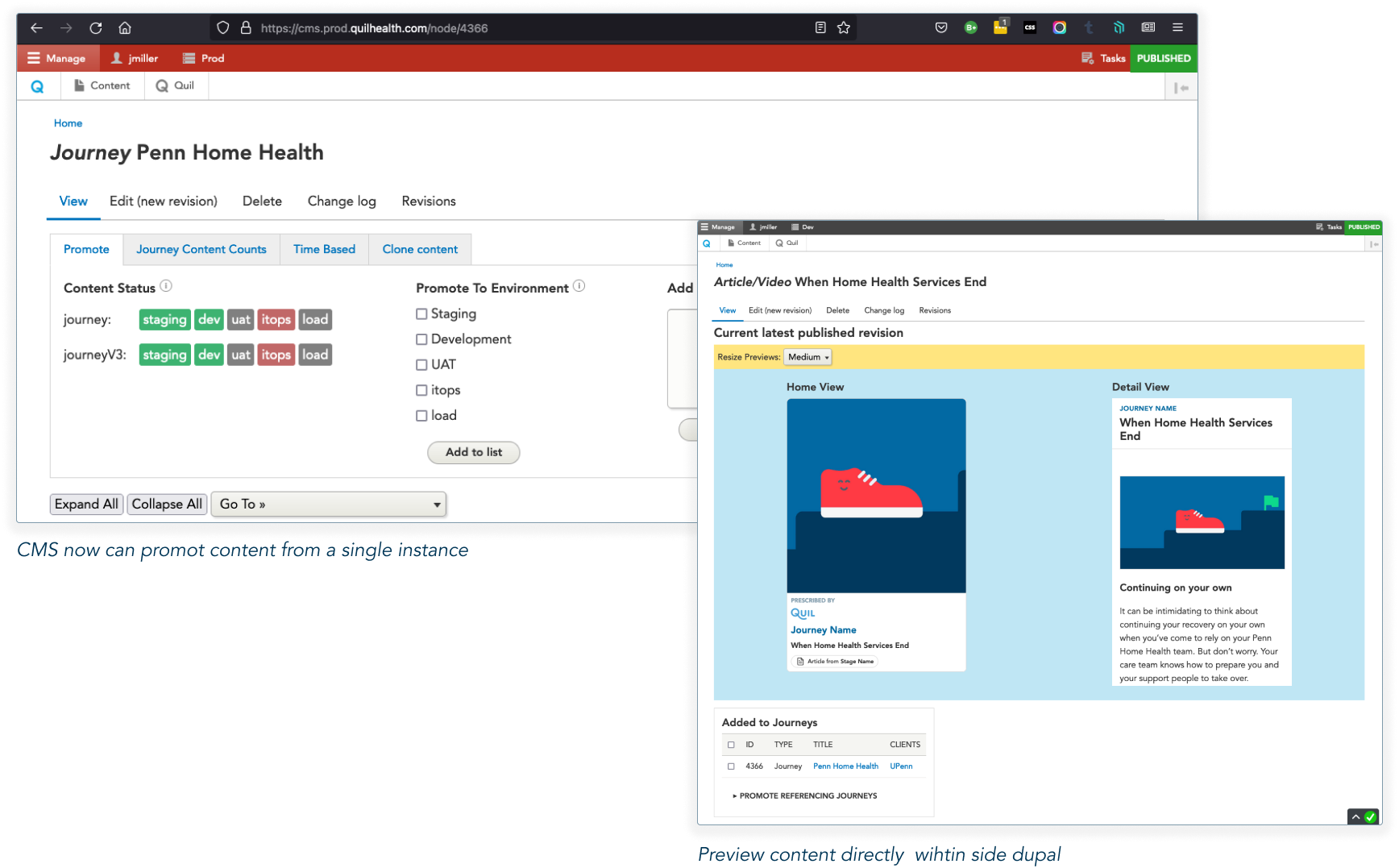
3. Empowering Customer Success and Freeing Engineer Resources.
Quil has been rapidly adding more organizations to our platform. Until recently, we could not create or update these organization settings without an engineering manual creating each one. Through several working sessions, we mapped out what it meant for engineering to create an organization. Through a working session with Product and customer success, we completed exercises to find the opportunities and priorities to enable the most impact to both teams' workflow. Additionally, any future product features now include the product users are included in the ideation and requirement gathering.

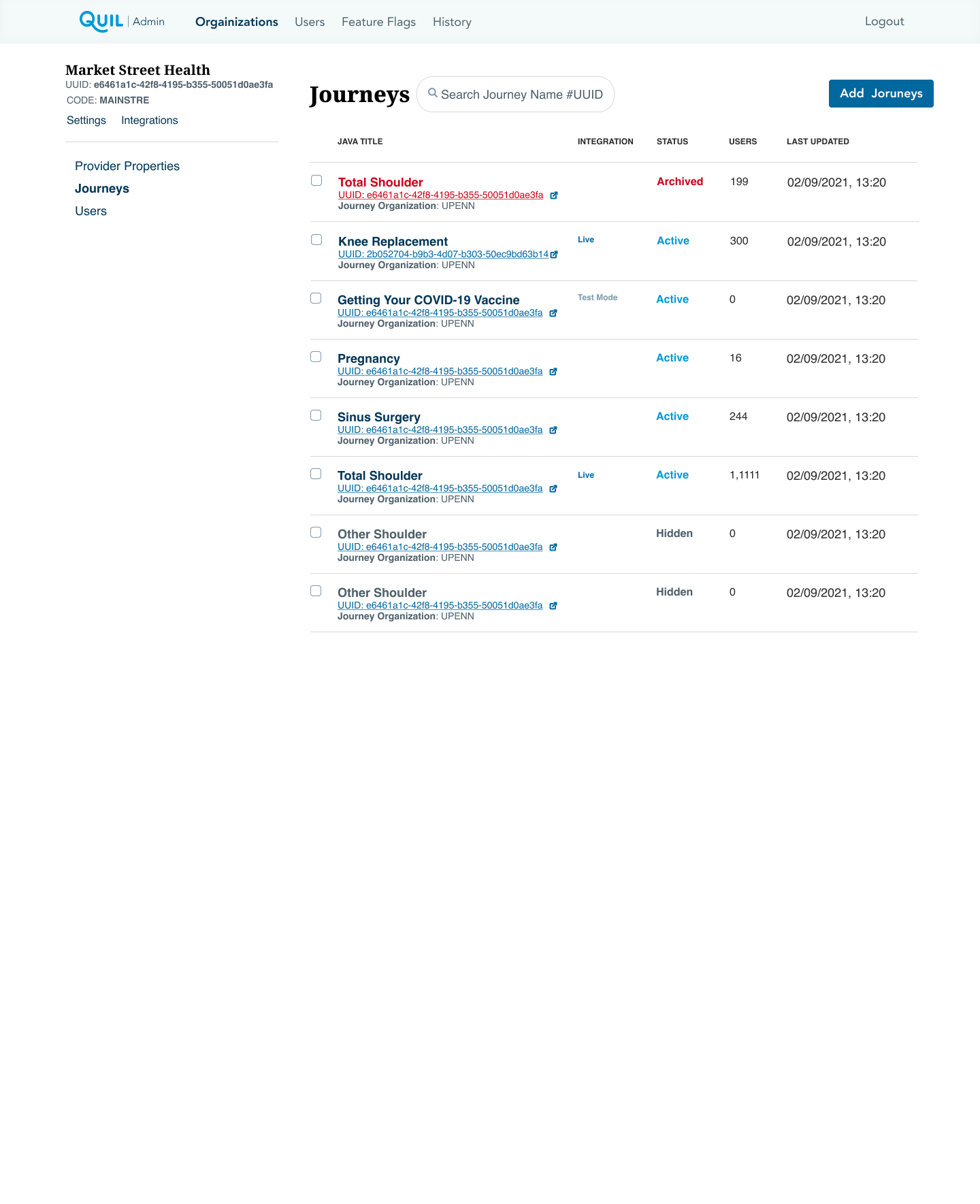
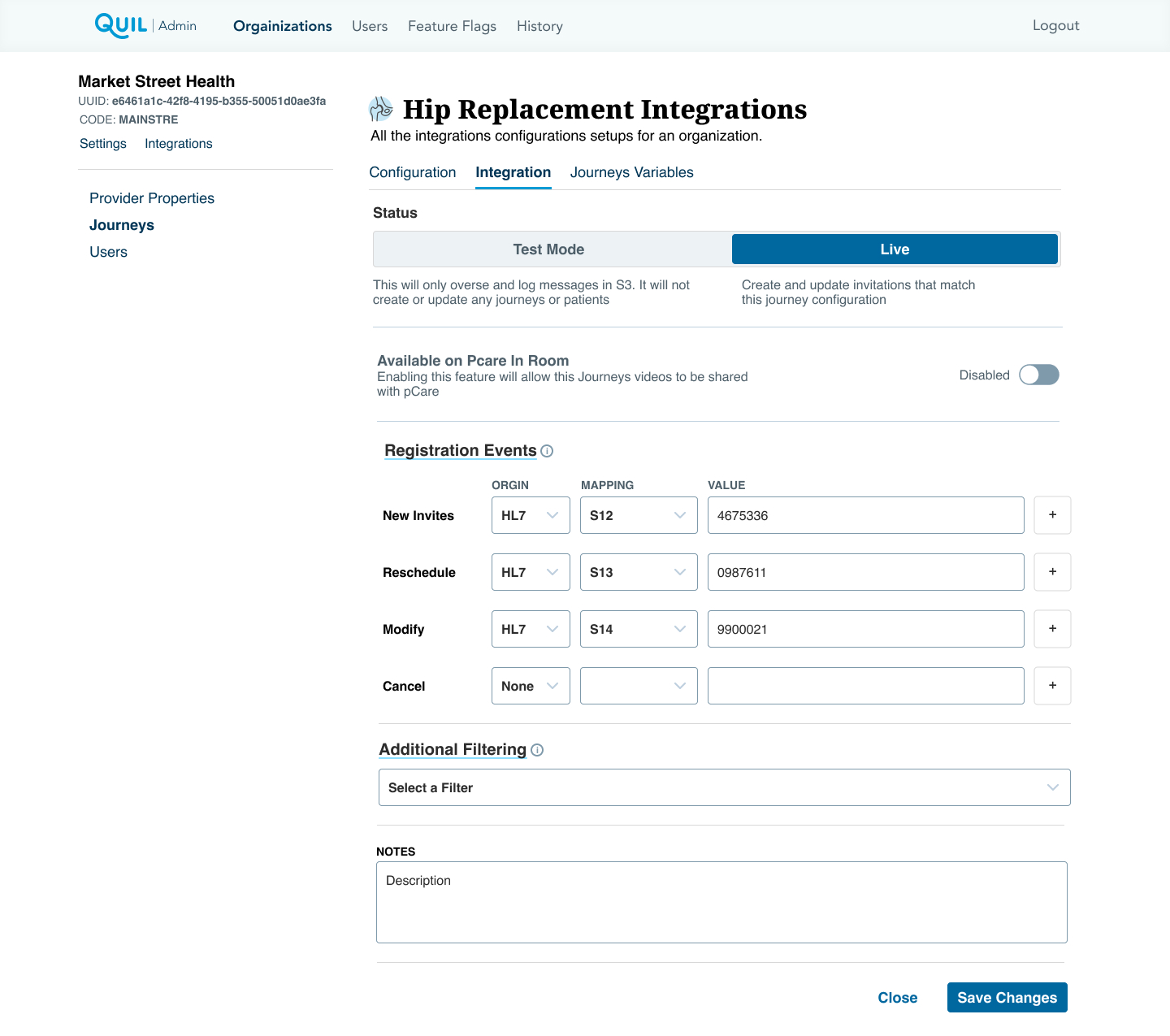
Results & Outcomes
Within the quarter we immediately improved the speed and confidence of the content publishing with our preview module and journey association tools by 39% resulting in fewer bugs by 23%.
The following Quarter we enabled the Customer Success team and Product to have direct control of managing clients reducing Bugs and engineering requests by another 12%, giving our engineering departments additional time to devote to new initiatives and focusing our total performance(app time).
Most importantly, this new tooling provided visibility and control of the organizations and content in our product. Eliminating countless manual and inaccurate tracking spreadsheets and Confluence pages.